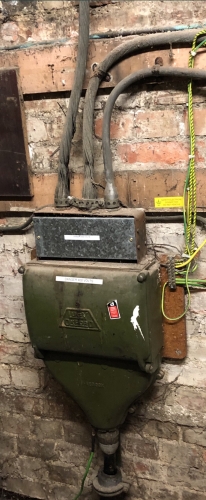So I may have a job in the offing where I will need to temporally re terminate these 3 cables, the one on the right is only 1m long so I’ll just replace it.
The other two are rising mains from the 1940’s each feeding 20 flats, I believe them to be armoured PILC’s though happy to be corrected, the lead is being used as the earth.
Has anyone re terminated similar and are there any pitfalls that may scupper me?
The re termination will only be temporary whilst the new building network is being installed.

Cheers
Martyn

